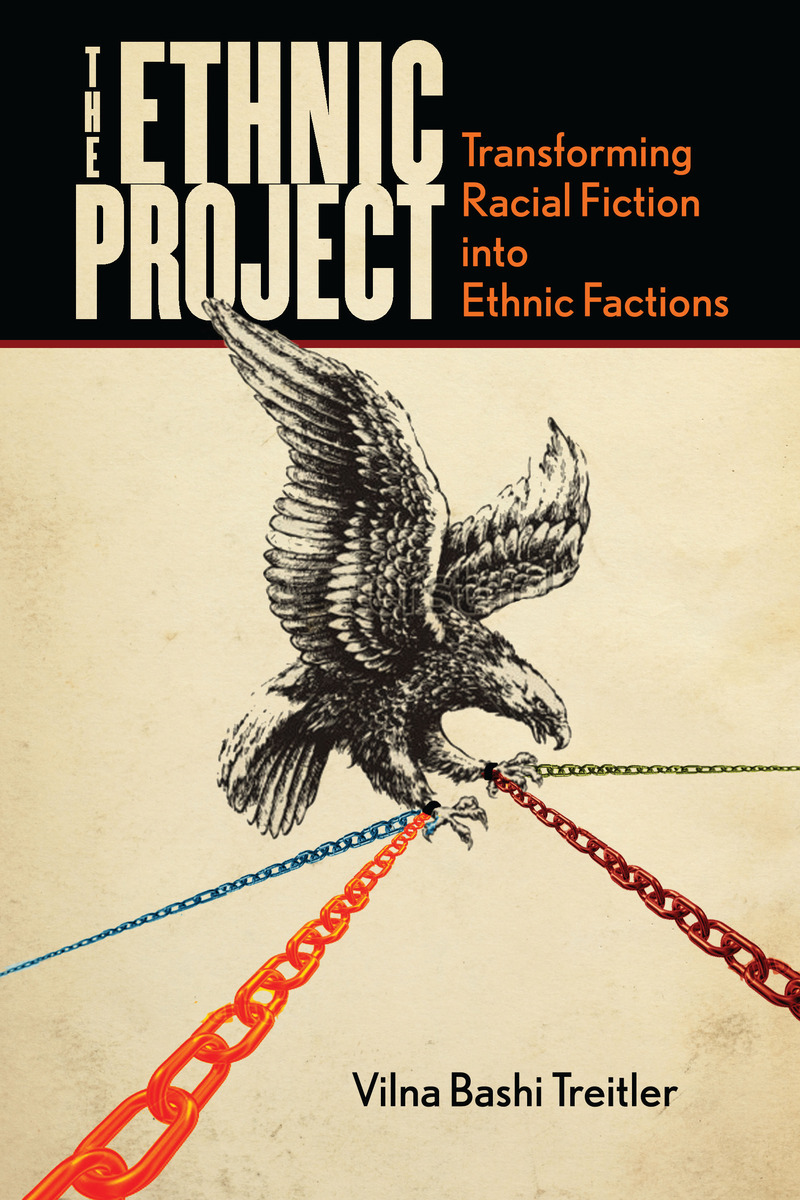Pulitzer-Winning Poet Dove Gives Rall Cultural LecturePosted in Articles, History, Media Archive, United States on 2013-09-07 22:02Z by Steven |
Pulitzer-Winning Poet Dove Gives Rall Cultural Lecture
nih record
Volume LVX, Number 8 (2013-04-12)
Carla Garnett
Any ‘Discovery…a Little Bit of Poetry’
A mixed-race violin prodigy, a self-proclaimed “African prince” and Beethoven (yes, the Beethoven). That unlikely trio provides much of the fascinating storyline in poet Rita Dove’s latest book, Sonata Mulattica. The Pulitzer-winning former U.S. poet laureate offered NIH’ers tantalizing tidbits from her work on Mar. 13 at the 2013 J. Edward Rall Cultural Lecture.
“We need—all of us—to be pushed out of our comfort zones every once in a while,” said Dove, beginning her talk after having lunch with postdocs and touring the Children’s Inn and a pediatric unit of the Clinical Center. “That’s why I send my poetry students to science and math—kicking and screaming—and they come back enriched. I think we’re all perpetual students. It’s when our minds are open to something new—and sometimes a little frightening—that the old-and-familiar gets refreshed and energized.”
‘If was at the beginning…’
Dove’s Sonata Mulattica, which tells the “story of someone who has been forgotten,” is not easily pigeonholed in the literary world. Reviewers, she said, have alternately called the work a poetic sequence (although it has a play in the middle), a verse novel (although all the people and facts in it are true) or a long poem (although the book contains 84 separate poems).
The main character, George Augustus Bridgetower, was born in 1780 to a white Polish mom and a black African dad, a lothario who claimed to have royal blood. In early childhood, young Bridgetower’s extraordinary talent as a violinist was discovered (by Austrian composer Joseph Haydn, no less), leading his father to take him on the road for performances.
“‘If was at the beginning,’” said Dove, reading from The Bridgetower, the book’s first poem. In that one word, “if,” she seemed to impart all the possibilities of the young phenom’s improbable life. In that one poem she offered all the facts of his life while still leaving the audience hungry for more. Masur Auditorium was silent, spellbound…
Read the entire article here.

